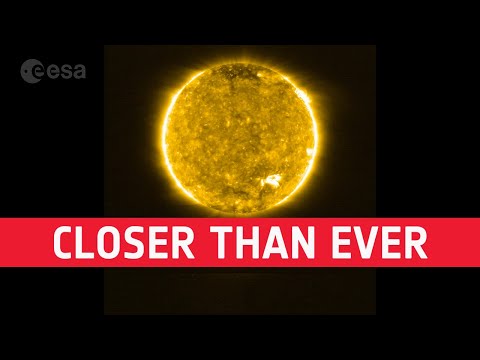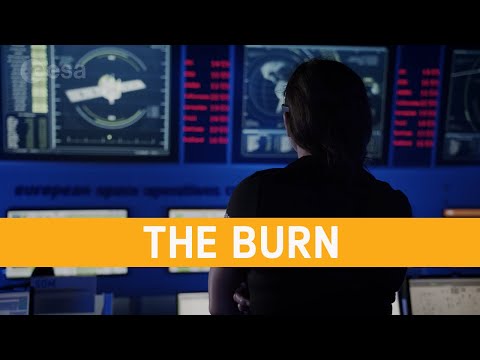ESA’s Flight Dynamics team uses cutting-edge computational techniques to plan, determine and control complex spacecraft trajectories. They apply fundamental physics and mathematics to 21st century spacecraft orbiting Earth and voyaging deep into our Solar System.
The Flight Dynamics team delivers precise orbital determinations enabling ground controllers to know where the spacecraft are located and prepare the manoeuvres to reach their targets like the Moon, Mars, Venus, a comet or a spacecraft constellation. The Flight Dynamics team also conducts mission analysis — they brainstorm about how robotic spacecraft can reach and return data from anywhere in the Solar System.
Flight dynamics scientists work as part of the team operating every ESA mission, whether in low-Earth orbit or soaring deep into our Solar System. They provide precise orbital calculations, determining where the spacecraft are located, which direction they’re facing, where they’re going and how far they’ve travelled.
This information is vital and is used every day not only by the mission controllers but also by supporting teams such as the Estrack station engineer, who have to know where to point their tracking antennas, what time to start ‘listening’ for a signal and how long a spacecraft will be visible.





Leave a Reply